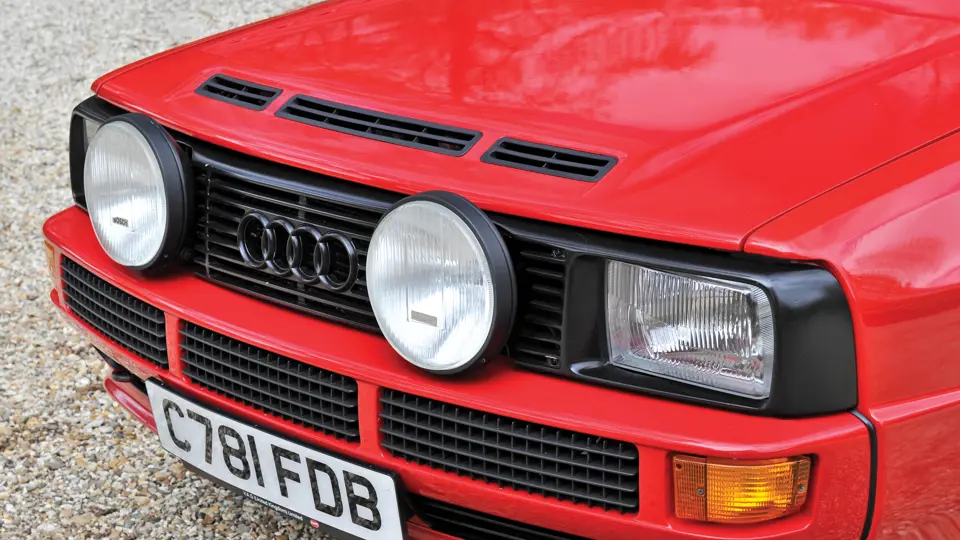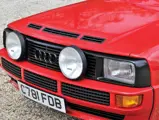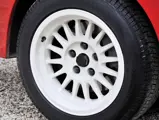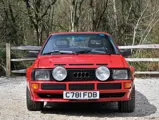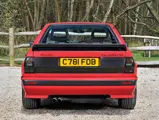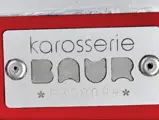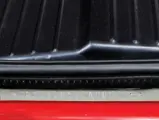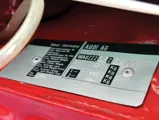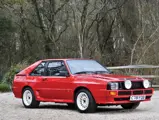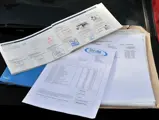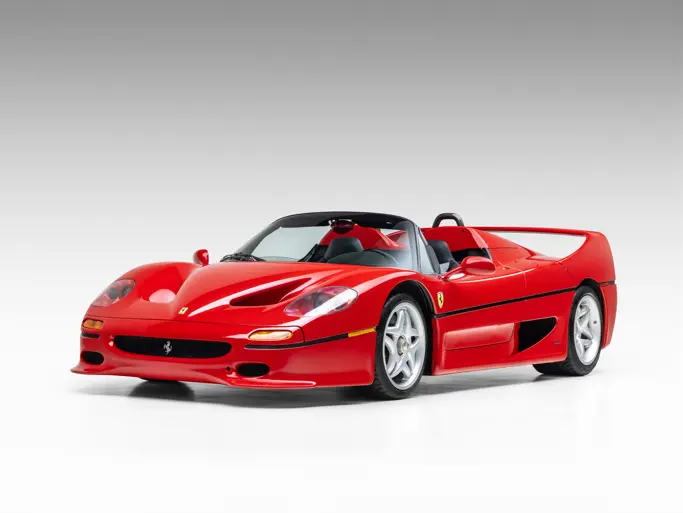
1986 Audi Sport quattro
{{lr.item.text}}
£403,200 GBP | Sold
{{bidding.lot.reserveStatusFormatted}}
- Extremely rare; only 164 road versions
- One of only five UK-delivery cars
- Fully documented; only five owners and 32,672 original miles
- Freshly recommissioned by a marque expert
- Includes original service book, manual, tool roll, spare key, and Sabelt harnesses
306 hp, 2,133 cc DOHC 20-valve alloy-block inline five-cylinder engine with a KKK-K27 turbocharger and Bosch electronic fuel injection, five-speed manual transmission, all-wheel drive, four-wheel independent coil-spring suspension with front and rear anti-roll bars, and four-wheel ventilated and slotted disc brakes with selective ABS. Wheelbase: 2,525 mm
The introduction of Group B competition in 1982 opened the doors to an entirely new and fearsome category of international rally. Previously, manufacturers had been limited to either rear-wheel-drive or front-wheel-drive production cars, but Group B had almost no restrictions; automakers could implement virtually any and all new technologies and materials. Audi took full advantage.
It was the first to adopt a full-time all-wheel-drive system with which the driver could vary the amount of power fed to each end of the car while at speed, a tremendous advantage when traversing the wide range of surfaces over which such events were run. The new AWD system initially appeared on the Audi 80 “quattro” long-wheelbase coupé, known today as the Ur-quattro, and was rallied in that form for several years. After Lancia 037 snatched away the World Constructor’s title in 1983, Audi’s engineers went back to the drawing table. Working in secret under the direction of Ferdinand Piech, their assignment was to design a new purpose-built weapon for the 1984 season. What emerged was the ferocious S1 Sport quattro. This brilliant machine took advantage of new regulations that allowed an automaker to build just 200 street-legal examples in order to homologate the design for competition.
The new Sport quattro was clearly descended from the earlier car but was drastically shortened. Both the wheelbase and body shell had 32 centimetres (12.6 inches) cut out of the middle, just behind the doors. The windscreen, taken from the Audi 80, was more upright, to improve outward visibility and reduce reflection from the dashboard. While retaining some of the Ur-quattro’s monocoque cabin, the Sport quattro was now skinned in advanced lightweight materials, including carbon-fibre-reinforced Kevlar, fiberglass, and aluminium, saving almost 180 kilograms. The body had pronounced fender flares, allowing for the use of 9-inch-wide Ronal spoked alloy wheels. Ultimately, of the 214 Sport quattros produced, only 161 were homologated road versions.
Beneath the vented fiberglass hood was an all-aluminium alloy inline five-cylinder engine with a single overhead camshaft and dry-sump lubrication. Its displacement was reduced slightly to 2,133 cubic centimetres, which, with the addition of a big KKK K-27 turbocharger, made the engine equivalent to a normally aspirated three-litre powerplant. With a new cross-flow four-valve cylinder head, Pierburg-Bosch mechanical fuel injection, and intercooling, this engine produced a stout 306 brake horsepower and 258 foot-pounds of torque in road-going form. The Sport quattro’s five-speed transmission distributed power to all four wheels via a fully adjustable all-wheel-drive system. While the shortened wheelbase provided much-improved handling, understeer remained a challenge and demanded a different driving technique. Once mastered, however, the Sport quattro was almost untouchable. These cars were equipped with variable ABS-modulated four-wheel disc brakes borrowed from Porsche’s racing inventory, allowing skilled rally drivers like Stig Blomqvist, Walter Röhrl, and Michelle Mouton to dive deeply into unpaved hairpin corners and then simply power around.
Audi collected an impressive number of rally wins with the Sport quattro; Blomqvist captured both the World Manufacturers' and Drivers' Championships in 1984, and Mouton won the 1985 Pikes Peak International Hill Climb in record time.
This beautiful Sport quattro is one of only five delivered new to the United Kingdom. It left the factory on 15 April 1986 and was sent to VAG Milton Keynes, where it received its first service that November at 5,833 miles. In September 1988, having been driven some 12,000 miles, it was returned to the factory at Ingolstadt, where its original aluminium-alloy engine block was replaced with a new steel block. This was a not-uncommon exchange, as the original and no-longer-available alloy blocks had proven to be both porous and subject to cracking. This wonderful quattro has been fanatically maintained, supported by a comprehensive history file with all dealer stamps and original supporting invoices, as well as various MOTs and tax discs showing the frequency and fastidious nature of care and attention lavished on the car throughout its life.
In 1997, its odometer reading about 30,000 miles, this car’s ownership changed to Northern Ireland, and in late 2006, it was taken out of service and placed in long-term storage as part of a collection. In August of 2015, it was returned to use, receiving a full service at VAG Portadown at 32,531 miles. Soon thereafter, it was given over to noted rally specialist Bill Gwynn Motorsport in Northamptonshire for a complete recommissioning and is offered in impeccable cosmetic and operating condition.
Now showing just 32,672 miles from new, this rare and highly collectable Sport quattro offers its next owner the opportunity to enjoy the incredible and highly addictive taste of an icon of Group B motoring—with the incredible turbocharged rush of acceleration and accompanying “pops” and “whooshes”, allied to the lightweight short and nimble chassis—whilst still cosseted in fully adjustable sports seats, carpeting, and a stereo entertainment system. Completing the package is the original service book, manual, tool roll, and spare key, as well as the detachable Sabelt harnesses with their original bag. Now eligible for importation into the United States, this Audi Sport quattro will make a brilliant addition to any serious collection of high-performance rally cars.

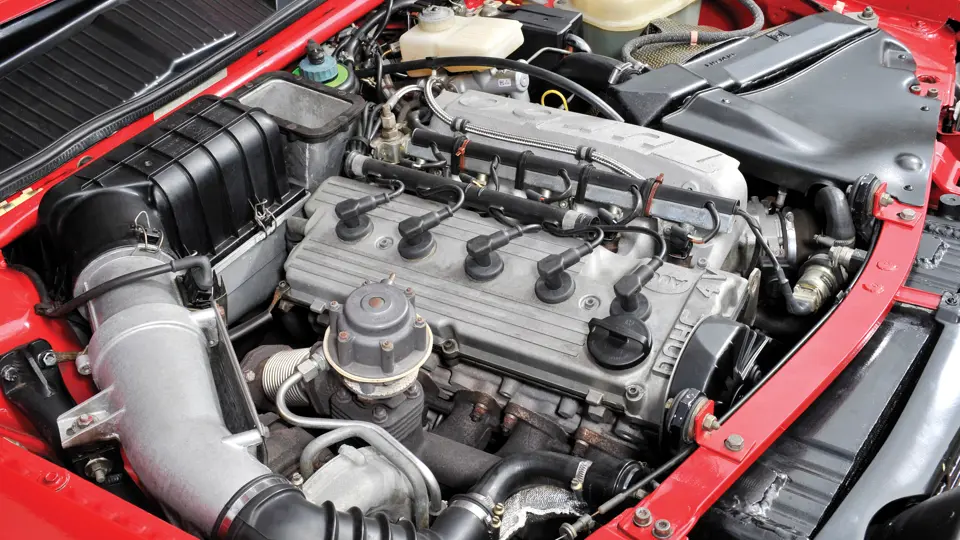



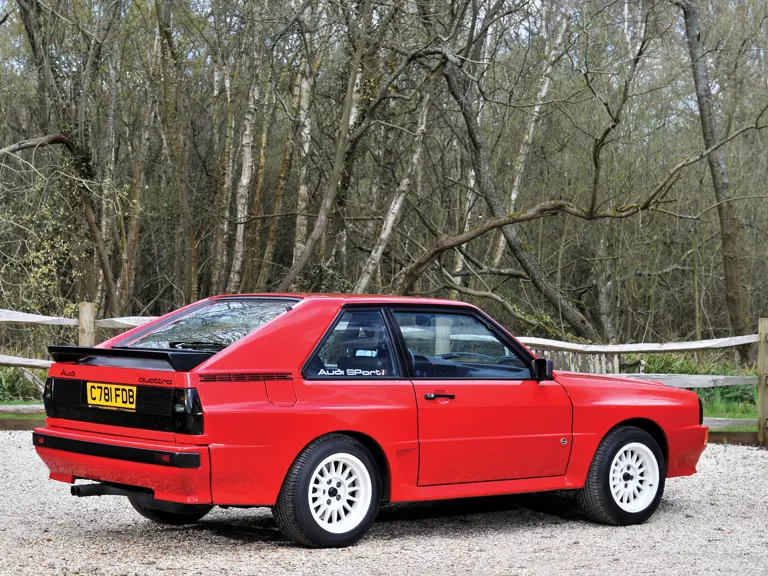
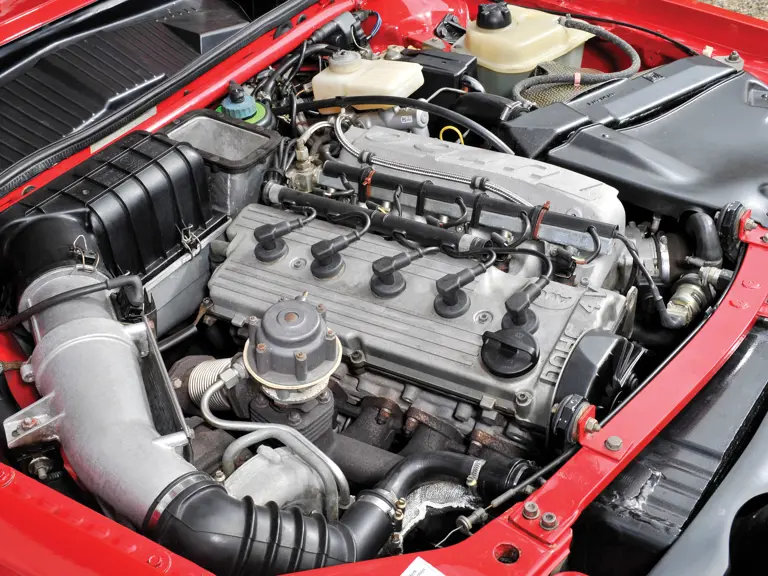

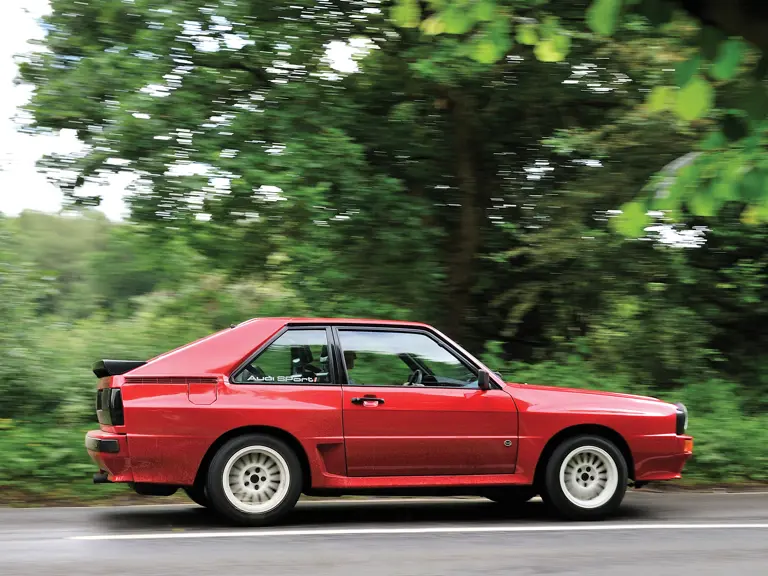

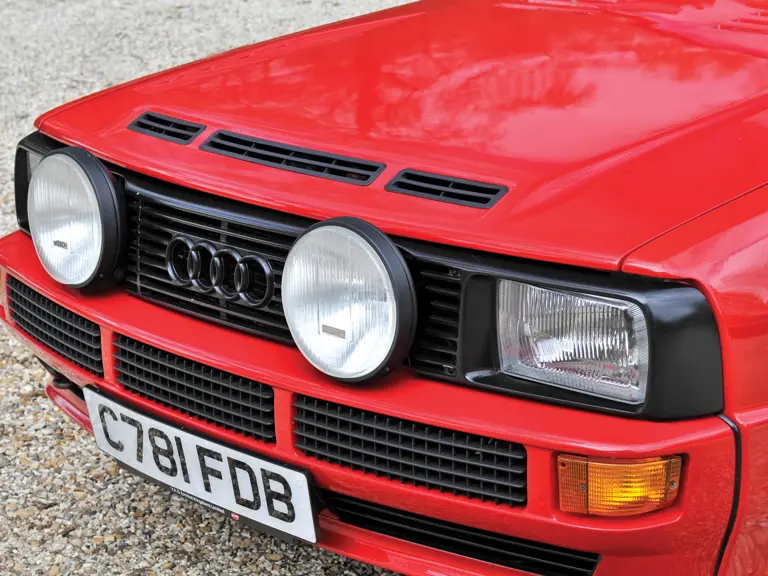


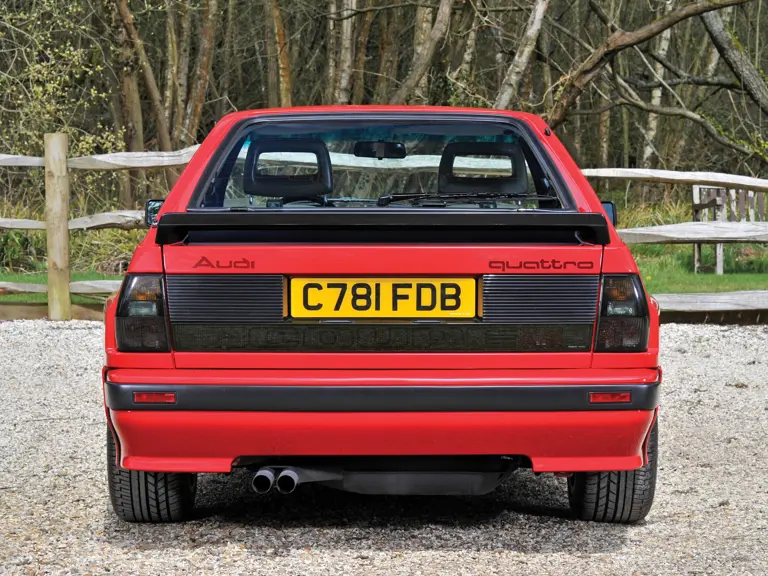
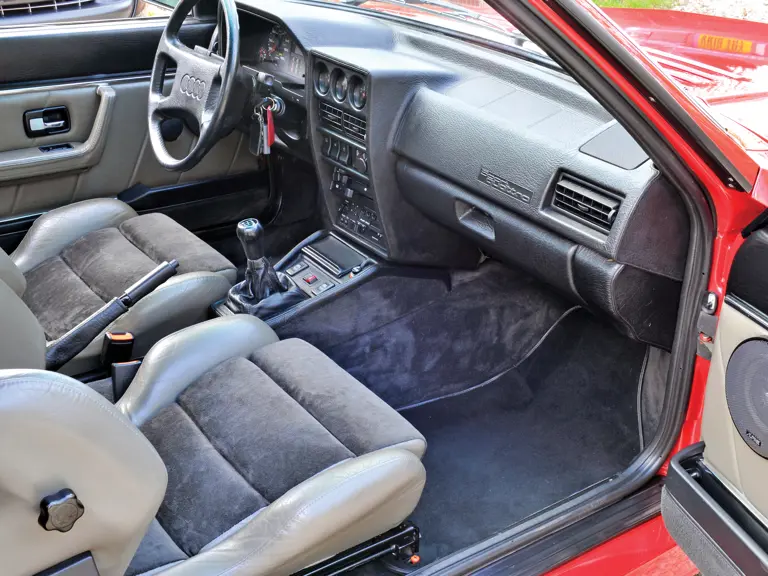
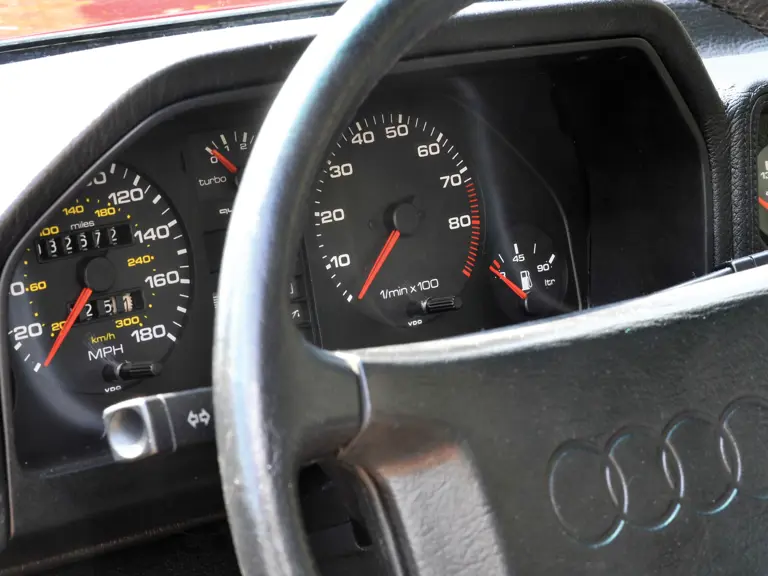
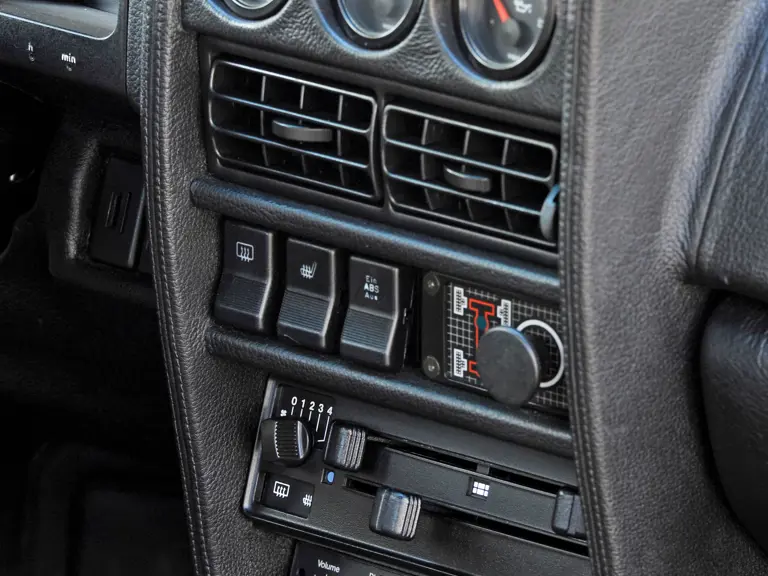

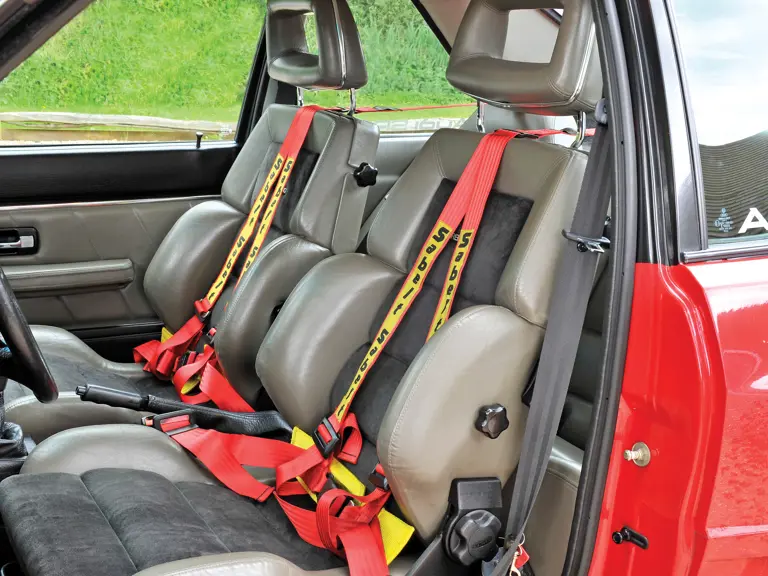
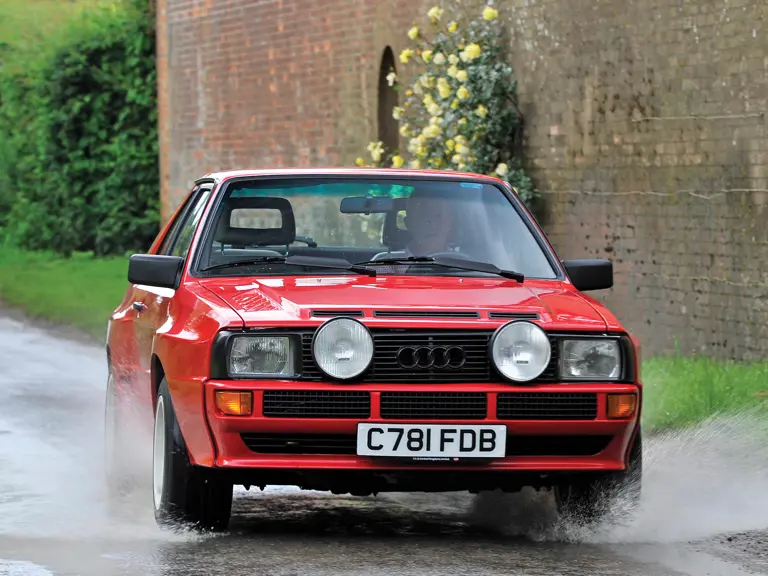


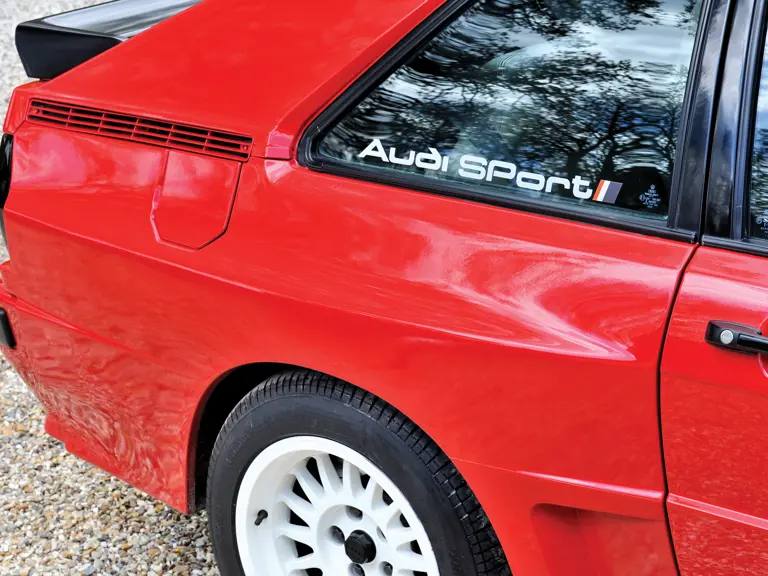
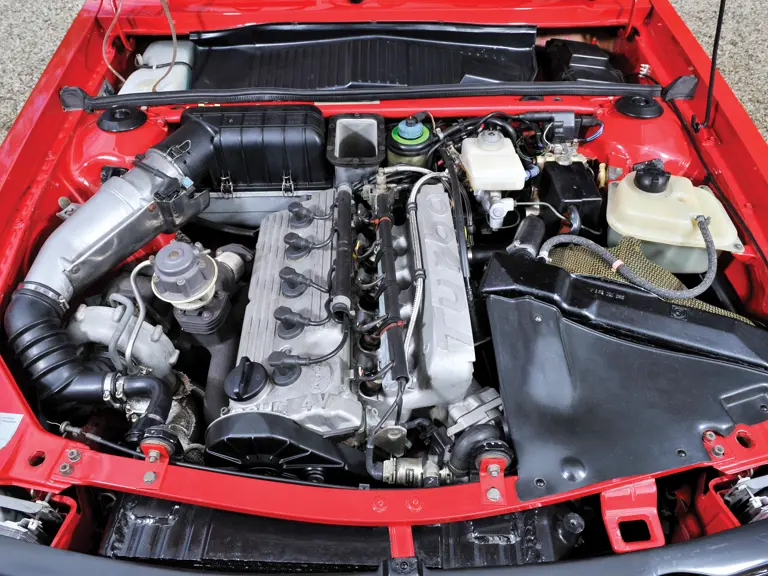
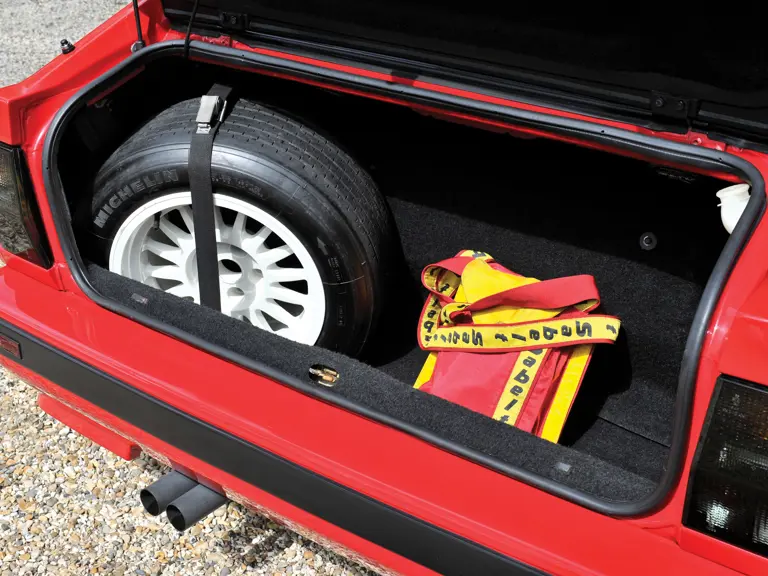
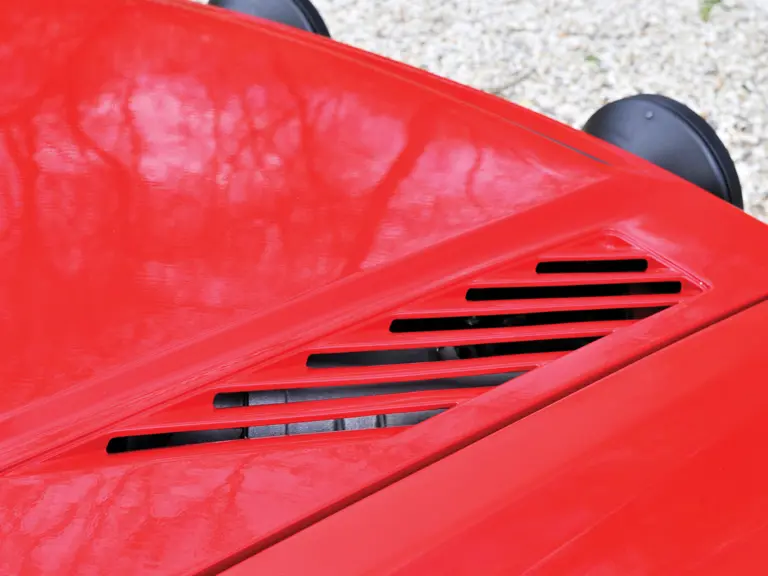
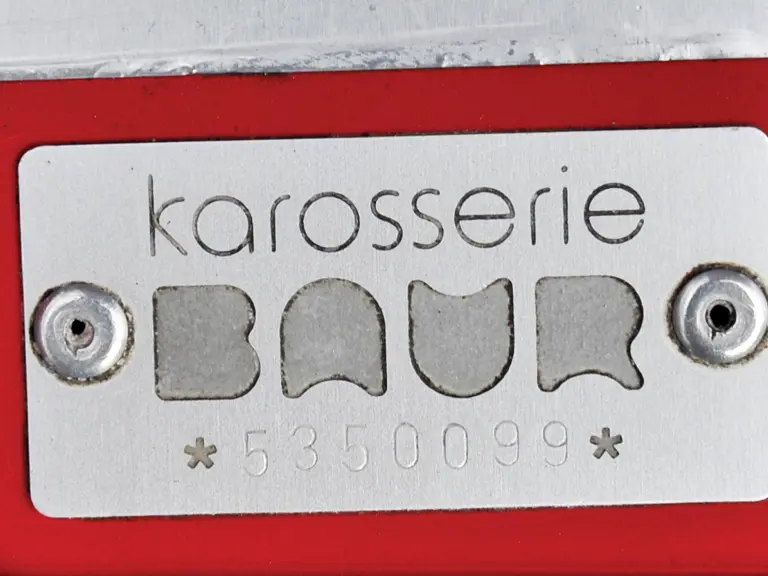

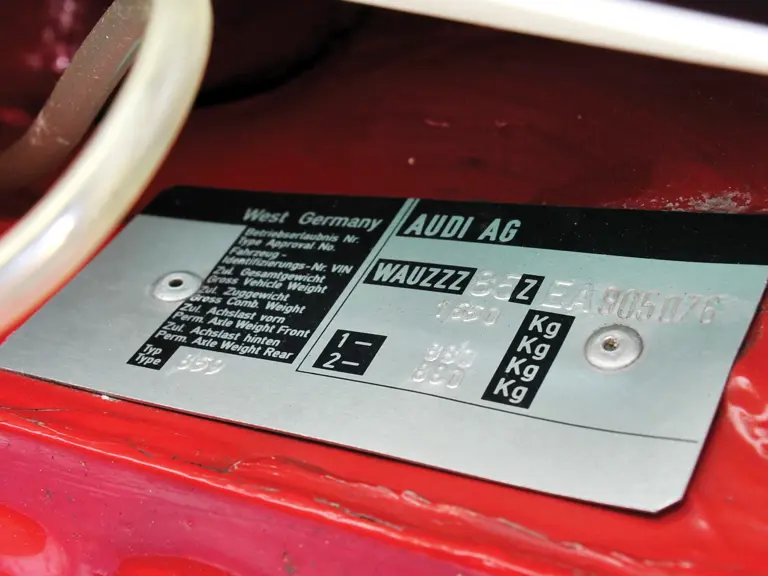
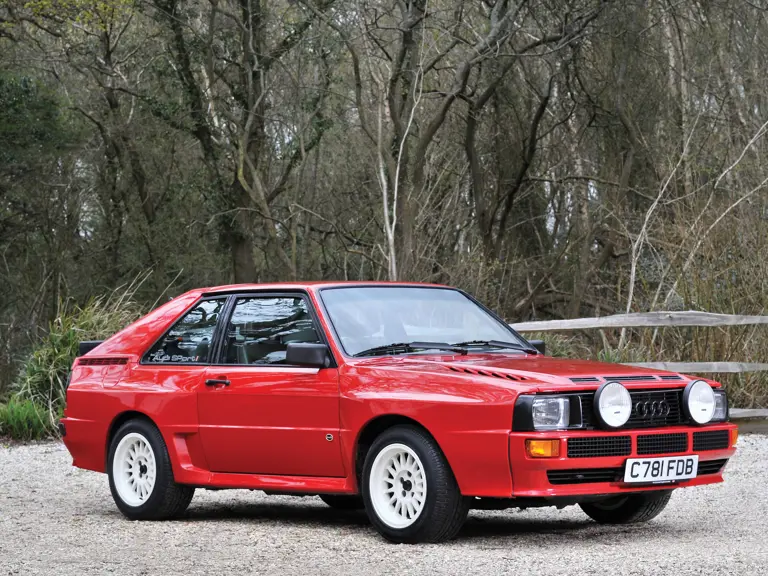
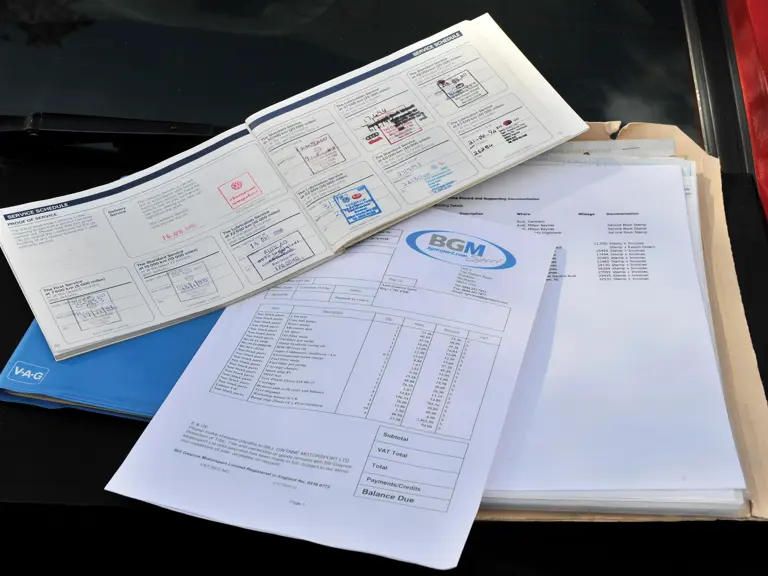
 | London, United Kingdom
| London, United Kingdom


